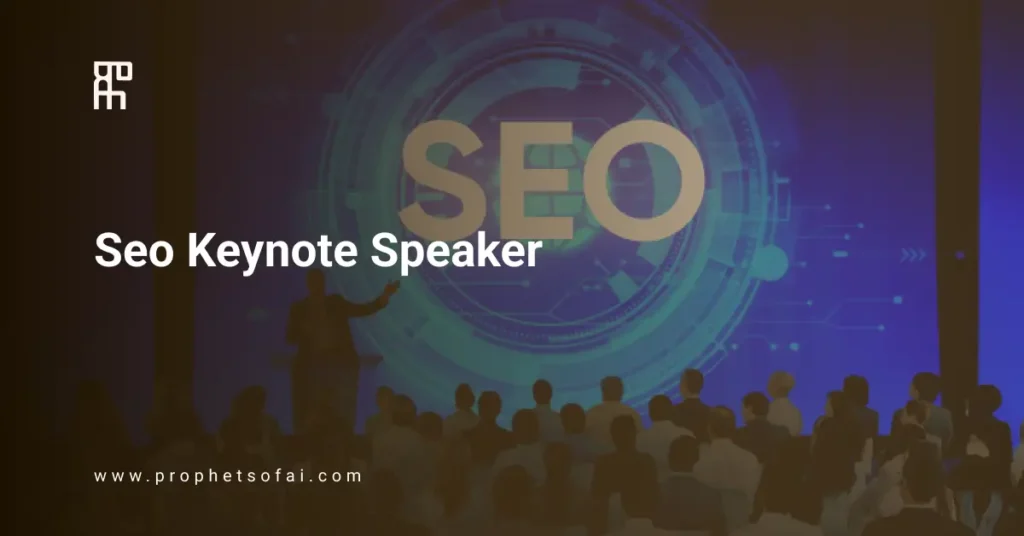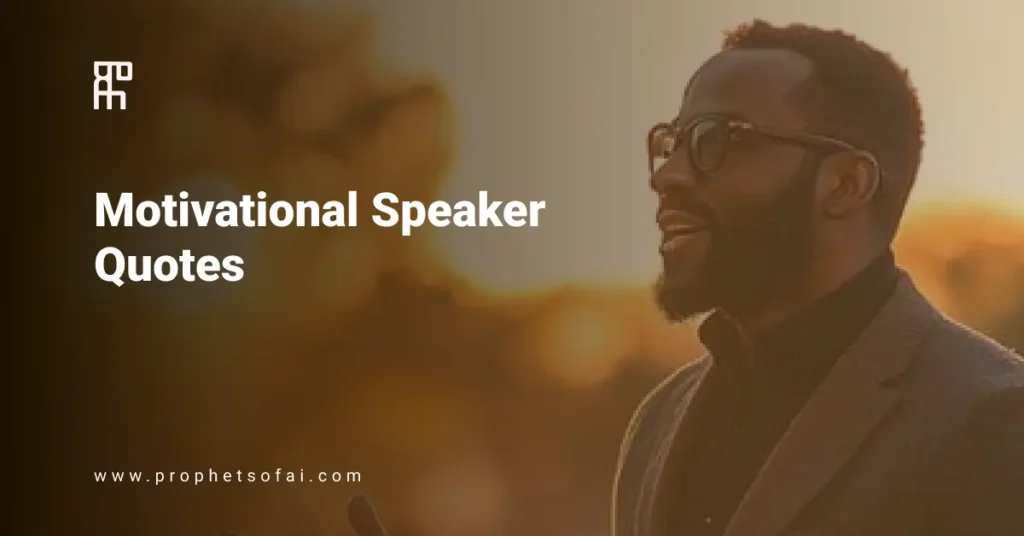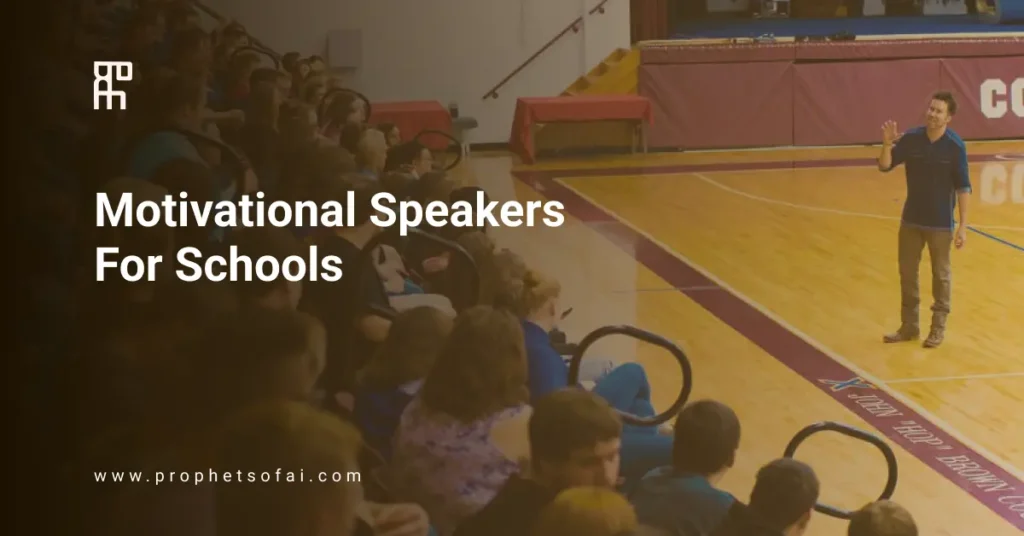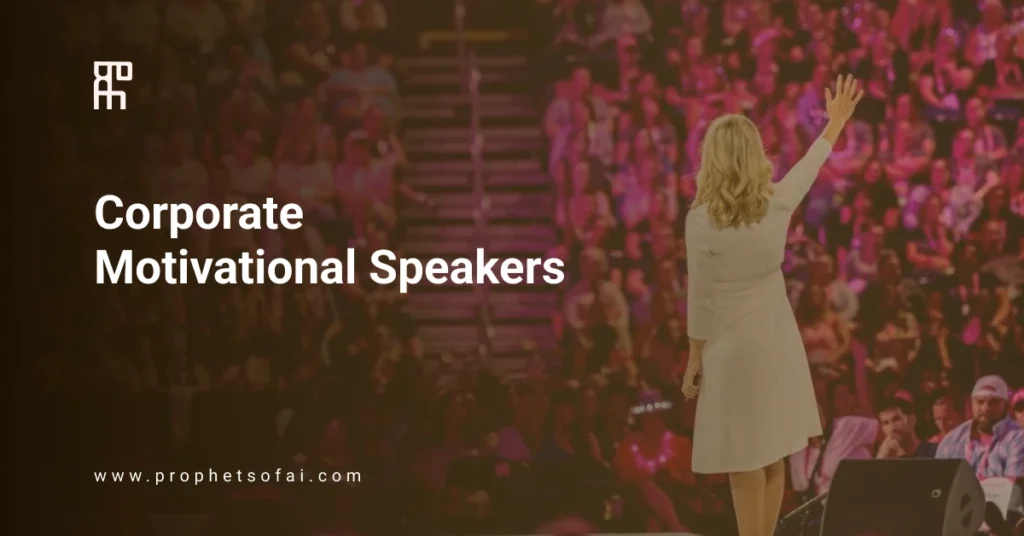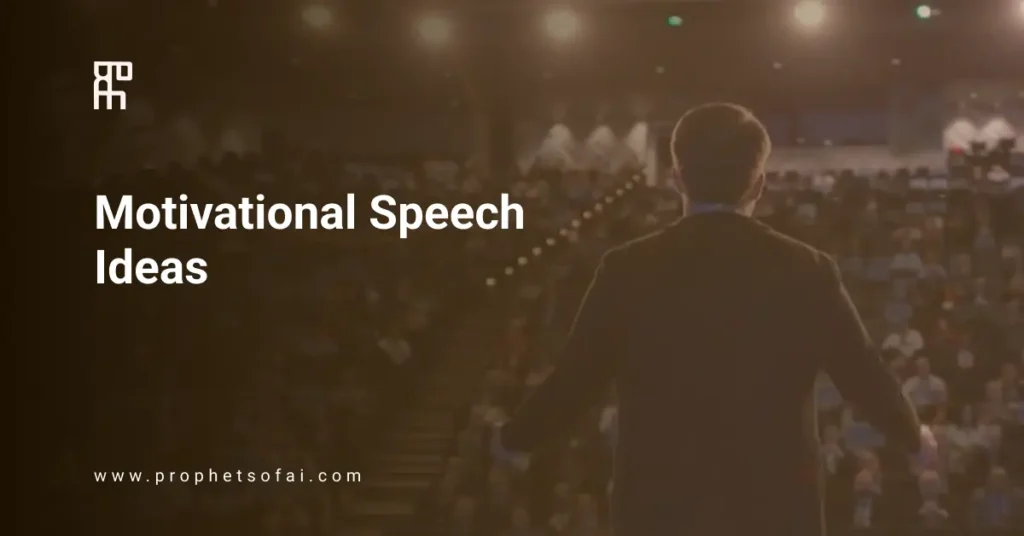Hybrid events are the hardest format to execute well. You’re serving two audiences simultaneously—one in the room, one on screens—and both expect full engagement. Too often, virtual attendees become second-class participants watching a livestream clearly designed for the in-person crowd. The result? Disengaged viewers who drop off within minutes. But hybrid done right doubles your impact and reach. Understanding the benefits and challenges of virtual keynote vs in-person keynote helps you appreciate why hybrid events are so complex. Here are 7 essential tips to ensure your keynote speaker delivers maximum value to both audiences without letting either feel forgotten.
1. Invest in Professional Production
Good WiFi isn’t enough. Hybrid keynotes demand professional-grade production to create quality virtual experiences.
What you need:
- Multiple camera angles: Don’t just point one camera at the stage. Switch between wide shots, close-ups, and presentation visuals.
- Dedicated streaming audio: Room microphones don’t translate online. Use a direct audio feed to the streaming platform.
- Professional platform: Skip basic Zoom. Use dedicated event platforms designed for hybrid experiences.
- Proper lighting: Ensure the speaker is well-lit for cameras, not just the in-person audience.
The reality: Your virtual audience judges quality within 30 seconds. Poor production signals they’re not a priority, and they’ll disengage immediately.
Common mistake: Treating the virtual stream as a bonus feature instead of a core deliverable. Production quality IS the virtual experience. Be aware that professional production requirements can impact your overall costs—review how much does a keynote speaker cost to budget appropriately for hybrid format demands.
2. Design Content for Both Audiences
Your speaker must consciously address both rooms from the first slide.
Acknowledge everyone explicitly: “Welcome to those joining us here in Chicago and our virtual attendees tuning in from around the world.” This simple statement signals inclusivity.
Visuals that work everywhere: Text must be readable on laptops and large screens. Avoid tiny fonts or overly complex slides that lose clarity when compressed for streaming.
Language matters: Replace “all of you in the room” with “all of you joining us today.” Inclusive phrasing keeps virtual attendees engaged.
Call out virtual participants: “Great question from Sarah joining us online” creates connection and acknowledgment.
The framework: Every element—from opening to closing—should consider dual audiences. Design with both in mind, not one as an afterthought.
3. Create Engagement Parity
Virtual attendees shouldn’t feel like passive observers. Build equal engagement opportunities for both audiences.
Q&A from both sides: Take questions from the chat and the physical room alternately. Don’t favor one over the other.
Live polls accessible to all: Use platforms where both audiences can participate simultaneously in real-time polling or surveys.
Chat moderation: Assign someone to monitor virtual chat, highlight great questions, and ensure online voices are heard.
Interactive elements: Activities, breakouts, or discussions must include pathways for virtual participation.
The balance: If in-person attendees get 60% of interaction time, virtual feels neglected. Aim for true parity—equal voice, equal acknowledgment, equal value.
Common failure: Only engaging with the physical room because they’re visible and responsive. Virtual silence doesn’t mean disinterest.
4. Technical Rehearsal (90+ Minutes)
Hybrid events have triple the technical complexity of single-format events. Rehearsal isn’t optional—it’s survival.
What to test:
- Streaming quality and stability
- Audio levels for both in-person and virtual audiences
- Camera angles and switching between views
- Presenter’s ability to see both confidence monitors and camera cues
- Backup internet connections and redundant systems
The 90-minute rule: Minimum rehearsal time for hybrid. Test every transition, every slide, every interactive element.
Murphy’s Law applies: If something can fail, it will—and hybrid has three times the failure points. Internet drops, audio desynchronizes, cameras freeze. Anticipate problems and build backup plans. Comprehensive preparation is critical—learn more about how to prepare for a keynote speech to ensure nothing is overlooked.
Critical insight: Most hybrid disasters happen because teams skipped comprehensive tech rehearsal.
5. Assign Virtual Support Team
Speakers cannot manage hybrid complexity alone. They need dedicated support focused entirely on the virtual experience.
Essential team roles:
- Technical producer: Monitors stream quality, manages camera switches, troubleshoots issues in real-time.
- Chat moderator: Engages virtual attendees, surfaces questions, maintains online energy.
- Troubleshooter: Addresses technical problems quickly without disrupting the speaker.
Don’t expect speakers to multitask: They’re already juggling two audiences, presentation content, and timing. Adding technical management guarantees failure. Understanding what does a keynote speaker do helps clarify why additional support is essential for hybrid success.
Team structure: Minimum two people dedicated to virtual audience success. Three is ideal for large events.
The reality: Hybrid events require more staff, not less. Budget accordingly.
6. Post-Event Content Strategy
Hybrid events generate more content assets than single-format events. Maximize that value.
Immediate availability: Make the professional recording accessible to all attendees within hours, not days.
Edited highlights: Create 2-3 minute clips for social media featuring key moments and insights.
Transcripts: Provide written transcripts for accessibility and SEO value.
Engagement metrics: Track participation data from both audiences to improve future hybrid events.
Follow-up for dropouts: Virtual attendees who experienced technical issues should receive the recording automatically with an apology note.
The advantage: One hybrid keynote becomes multiple content pieces—full recording, highlight reels, quotes, transcripts, and social snippets. Leverage this multiplier effect.
Conclusion
Hybrid events are complex, but when executed well, they deliver unmatched reach and impact. The key is intentionality—designing every element for both audiences from the start. Don’t let virtual attendees become an afterthought. With professional production, inclusive content, engagement parity, and dedicated support teams, your hybrid keynote can create exceptional experiences for everyone.
At Prophets of AI, our speakers are trained and ready for hybrid formats, delivering seamless engagement regardless of where your audience sits.
Book a hybrid-ready AI keynote speaker for your next event.
Need help planning your hybrid event? Our team provides consultation and support.
